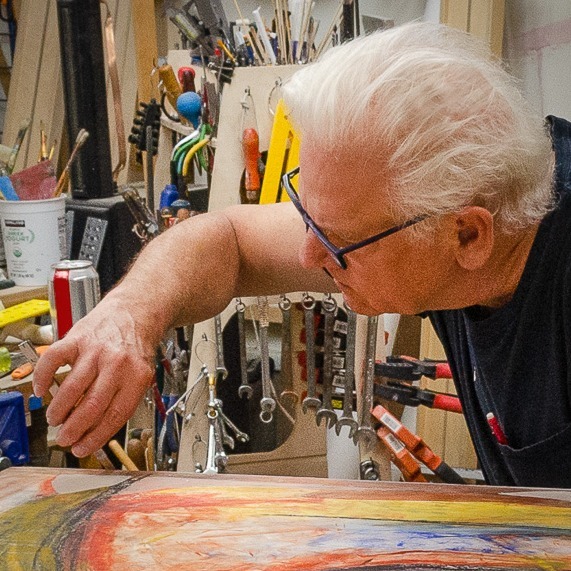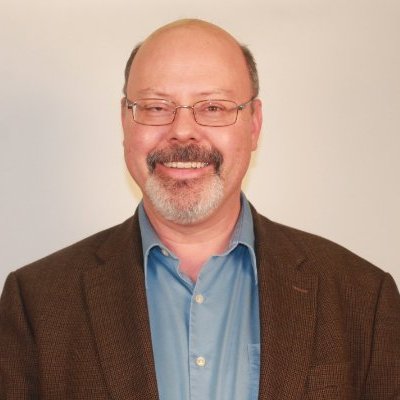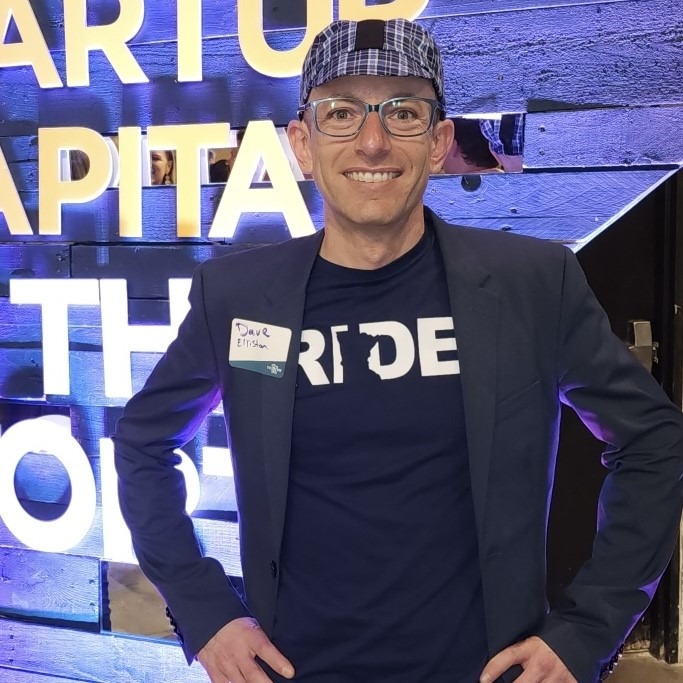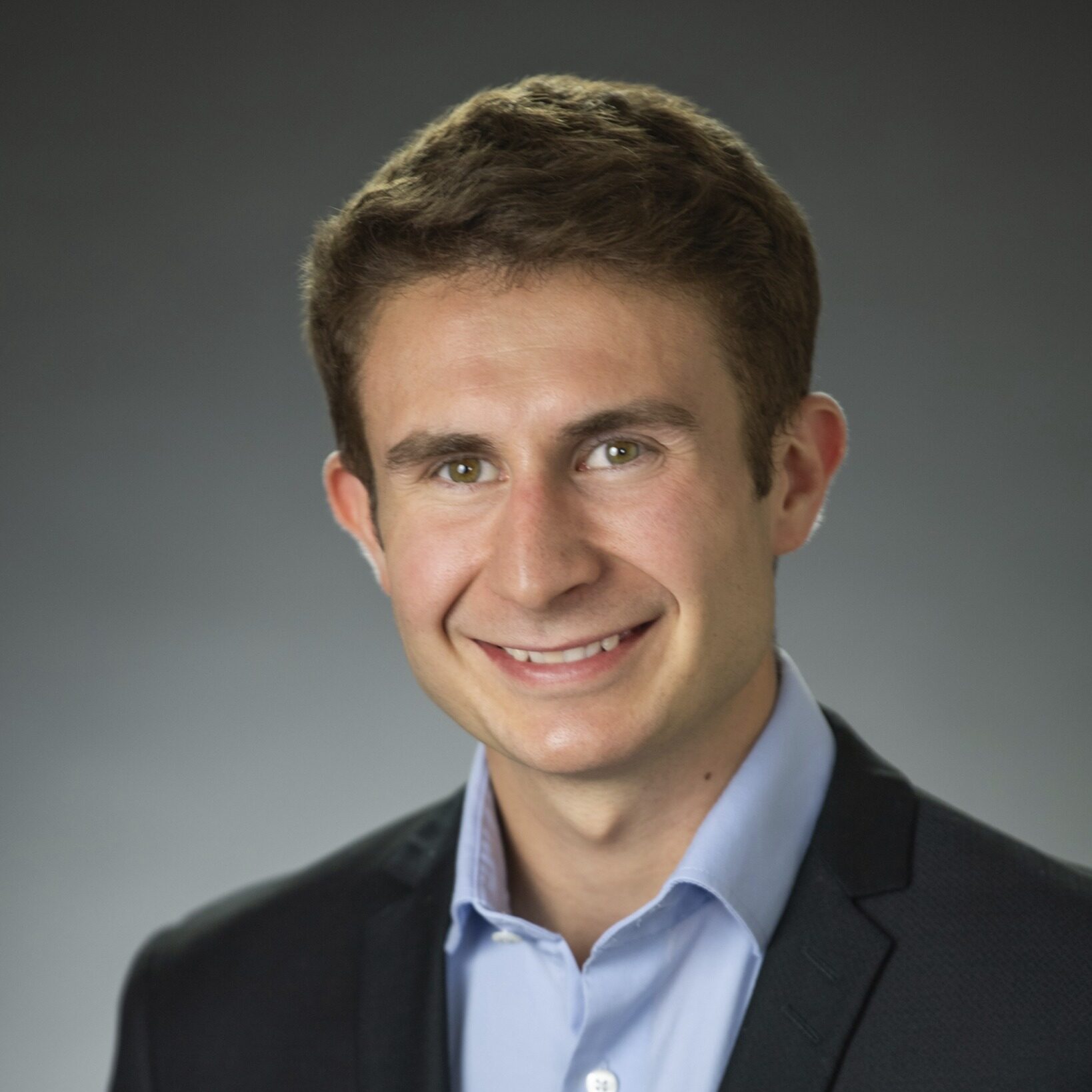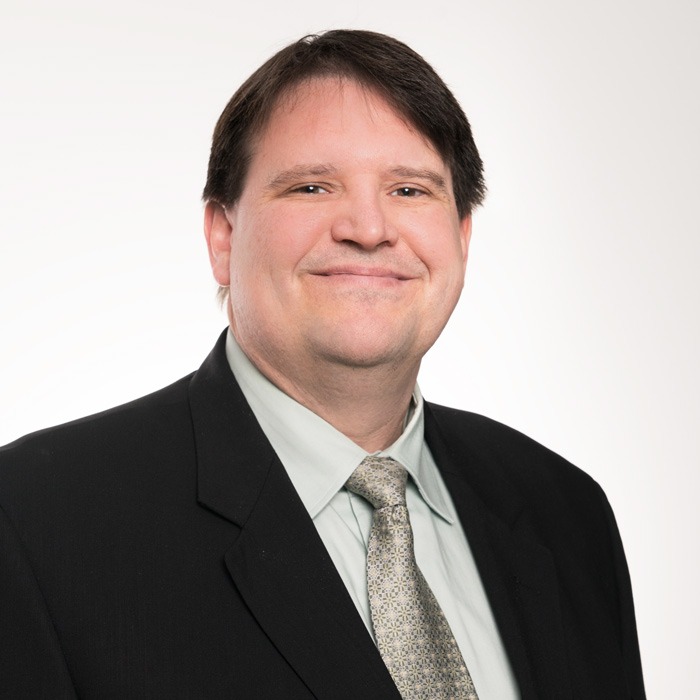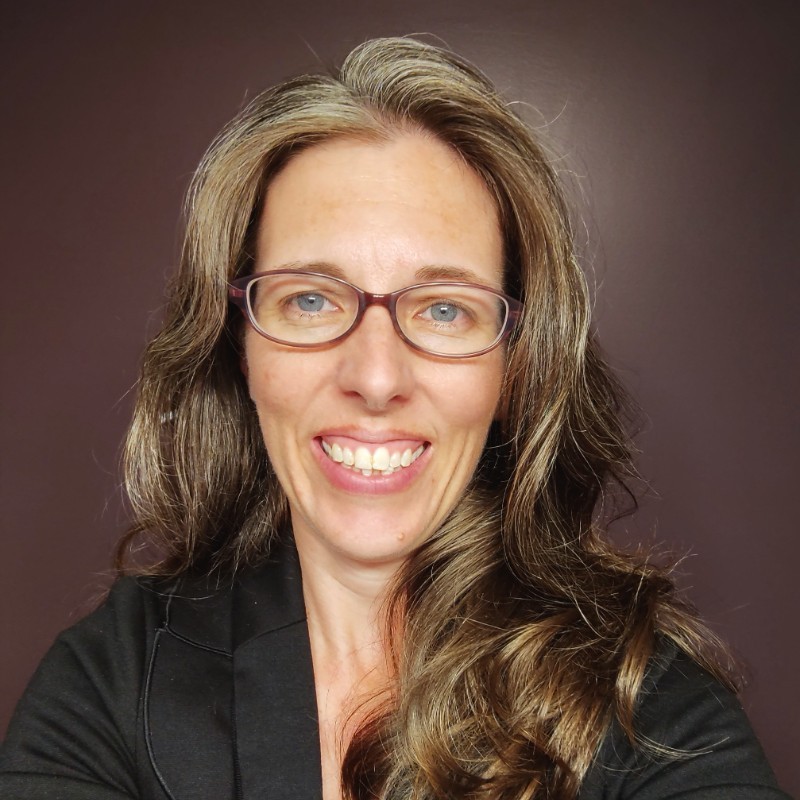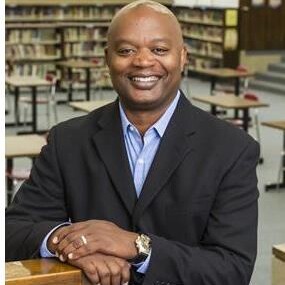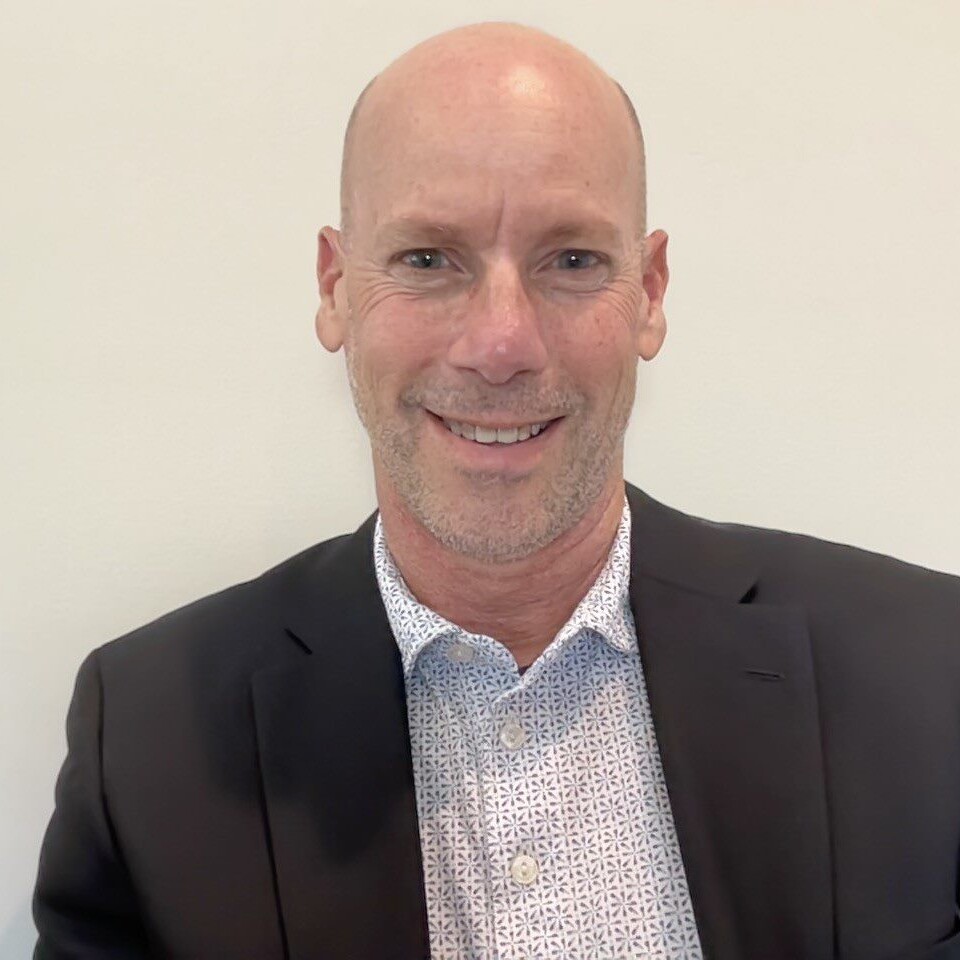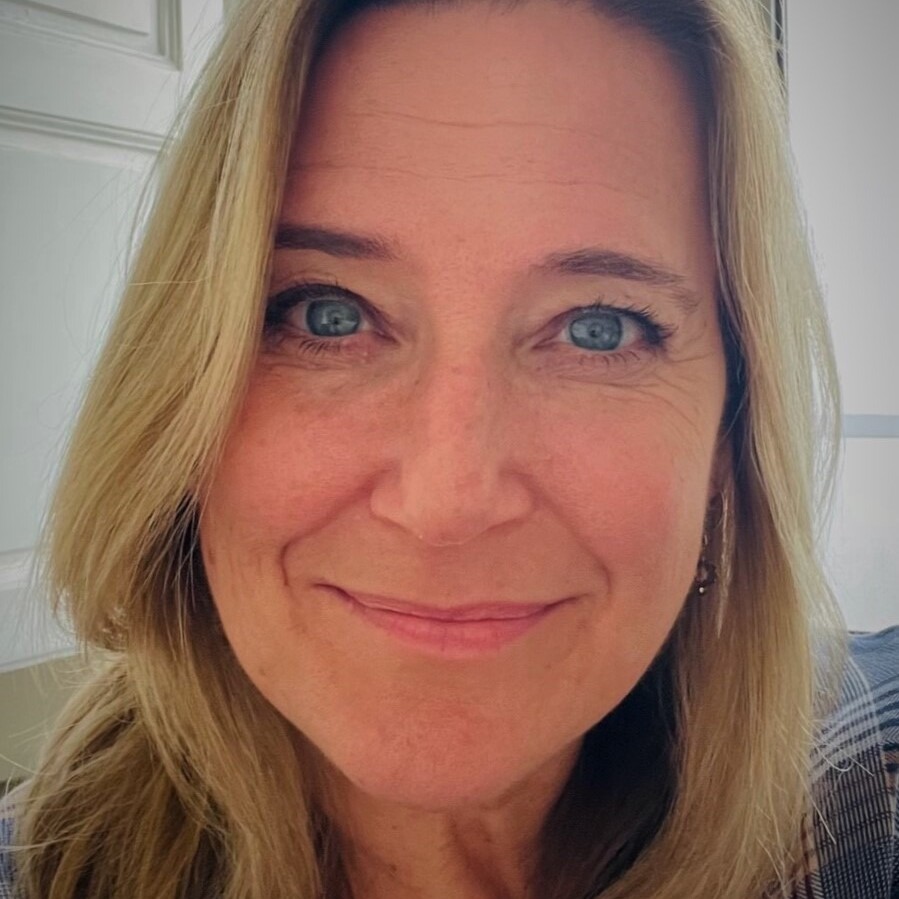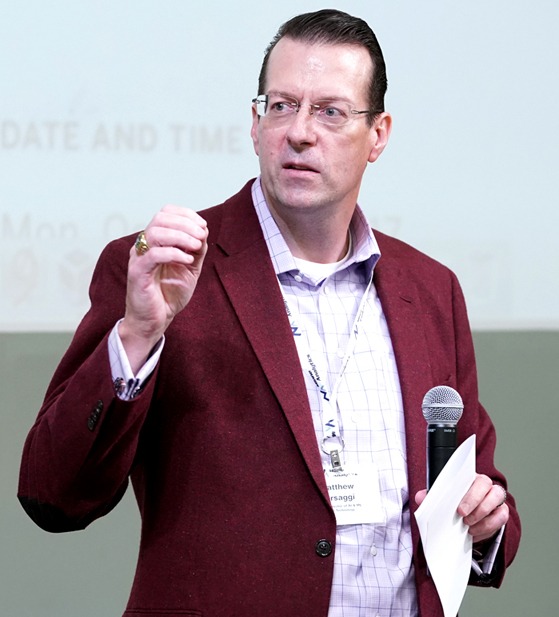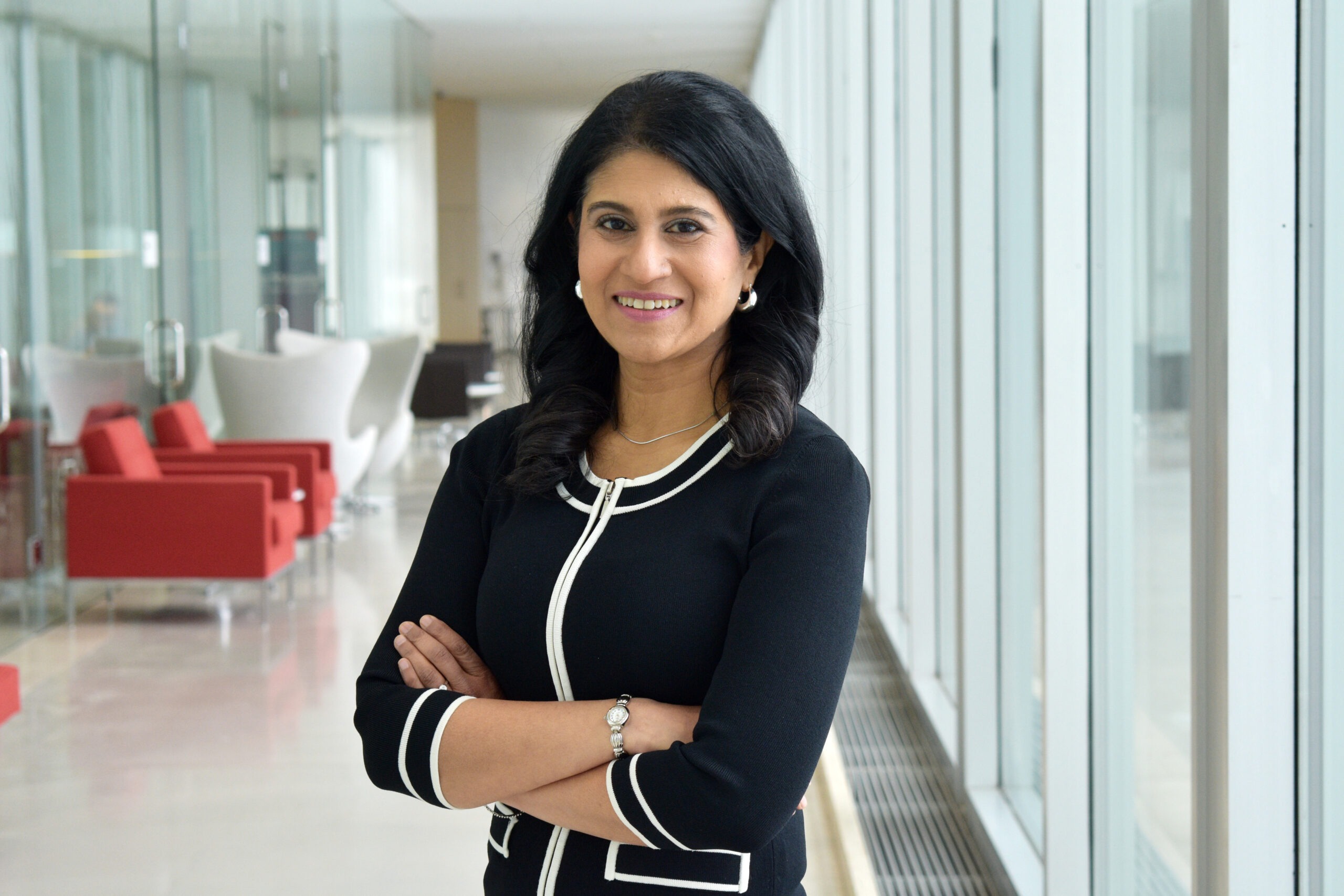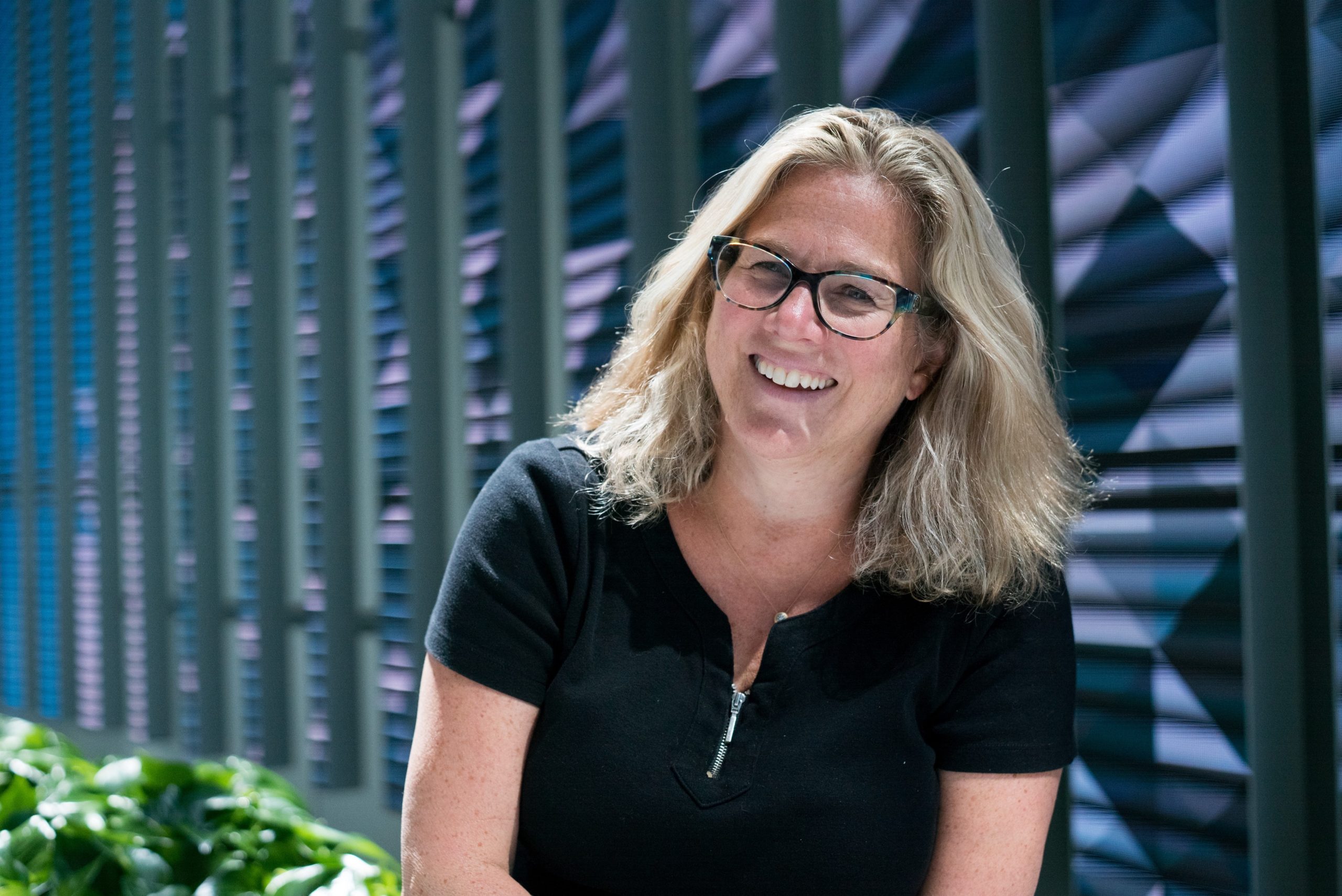Quench Medical is on a quest to bring life-changing improvements to treat asthma. As CEO and founder of Quench Medical, Bryce Beverlin II, PhD, has been working to commercialize his startup company’s patented process for aerosol delivery of asthma medication deep into the lungs’ small airways.

“We’ve developed a daily control medication that has the potential to control inflammation in the lungs,” Beverlin says. While existing FDA-approved drugs reach about 15 percent of lung airways, Quench Medical has shown its aerosol-based medication reaches 80 percent of the lungs. “This is truly a next-generation therapy.”
The strong potential for Quench Medical has attracted attention from numerous supporters, one of whom has been Pat Dillon, director of the MN SBIR program based at the Minnesota High Tech Association. MN SBIR is part of America’s Seed Fund, which provides federal investments for Small Business Innovation Research (SBIR) and Small Business Technology Transfer (STTR).
The benefit of America’s Seed Funds is the money does not need to be repaid and the federal government doesn’t take an ownership stake, as private investors would do.
“I could sense Bryce had that entrepreneurial spirit,” Dillon says. “Every time I would see him at an event, I would ask him, ‘When are we going to do that SBIR application?’ I wouldn’t let him go.”

Quench Medical
Beverlin brings a personal passion to his business: He has asthma, and as a child, went through the trauma of asthma attacks. What keeps him motivated, he says, is “the many millions of people with asthma who are simply not getting the care they need.”
Dillon first met Beverlin when he was a fellow at the University of Minnesota’s Earl E. Bakken Medical Device Center, an innovative entrepreneur education program and a good place for Dillon to connect with entrepreneurs. Dillon is a regular guest lecturer at the Center, presenting on SBIR and STTR to classes of fellows. Beverlin says of Dillon, “She is very encouraging and persistent.”
Phase 0 Guidance: Applying for SBIR/STTR
Beverlin says before he dove into the process to apply for SBIR, he needed to get organized, to get his business going. By summer 2017, he enrolled in the SBIR proposal preparation course Dillon teaches, which guides entrepreneurs through the maze of federal agencies and their complex application processes.
The key to a successful application, says Dillon, is a great idea with strong commercial potential. “You have to show market need. What’s the problem you’re addressing, what’s your proposed solution, is there potential for intellectual property protection, what’s the competitive landscape?” Dillon says. “You have to work methodically and strategically to show that it makes sense to take this invention and bring it to the market.”
Dillon draws on many years of experience, involving many businesses that have landed SBIR or STTR federal funds, to guide entrepreneurs from Phase 0 (phase zero), which is the foundation of the invention and a business case, to the application for early-stage technology development. Dillon’s role is to educate and mentor entrepreneurs.
Beverlin says his graduate studies prepared him well for the scientific writing and technical aspects of the federal grant application. The business case for Quench Medical added complexity, such as regulation, reimbursement, clinical and patient considerations, and more. “There are a million moving pieces in the grant application,” Beverlin says.
This June, Dillon has a full cohort of 15 entrepreneurs enrolled in her SBIR/STTR proposal preparation course who plan to apply for National Institutes of Health funds this September.
Moving to Phase 1 and Phase 2 Funding
Beverlin submitted a grant application in September 2017 to NIH and was excited to learn, a couple months later, that Quench Medical had received high scores from the scientific review panel. By March 2018, the NIH approved a $225,000 research grant to Quench Medical.
“I called up my collaborators to say, ‘Let’s start this week,’ so we’re currently performing a number of experiments outlined in the grant,” Beverlin says. The $225,000 in research funding is getting spent quickly, he says. There are additional costs that aren’t covered as scientific research, Beverlin says, such as paying a consultant to prepare for FDA reviews.
“My main challenge is raising money,” Beverlin says. He found another avenue for startup support through a contact at Boston Scientific, who invited him to be part of the gener8tor Minnesota gBETA medtech, which Boston Scientific helps to fund.
At the gBETA medtech Live event on May 21, Beverlin made his pitch for Quench Medical to investors and the med-tech community. Dillon was at the event. “Bryce had the best presentation,” she says. “He was full of energy. He has a lot of ideas and projects to pursue in the future.”
Quench Medical also has the potential for two additional NIH grants, which Dillon says could be up to $5.5 million in funding. She’s looking forward to hearing Quench Medical get its asthma invention into the hands of people who need it.



